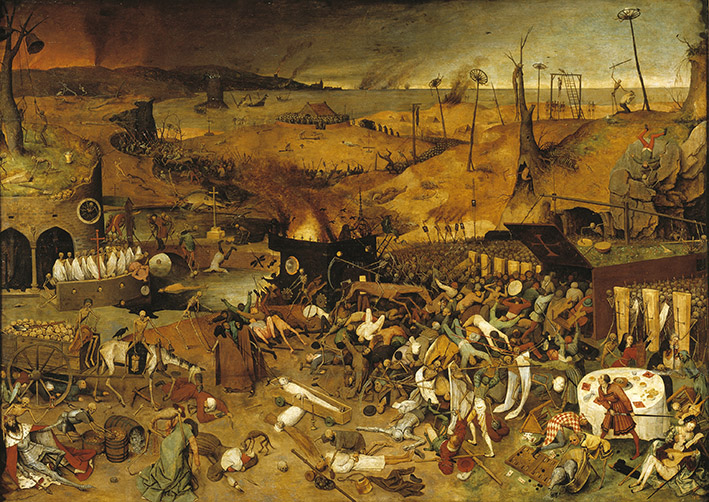While modern audiences might turn to haunted houses, horror films, and ghost tours for a chilling thrill, the Tudors of 16th-century England had their own methods of indulging in fear. During the reign of Henry VIII and Elizabeth I, the world was rife with superstition, religion, folklore, and a fascination with the macabre. Let’s dive deep into the culture of horror in Tudor England to understand how they scared themselves and sought that spine-tingling sensation.
Ghost Stories and Superstitions
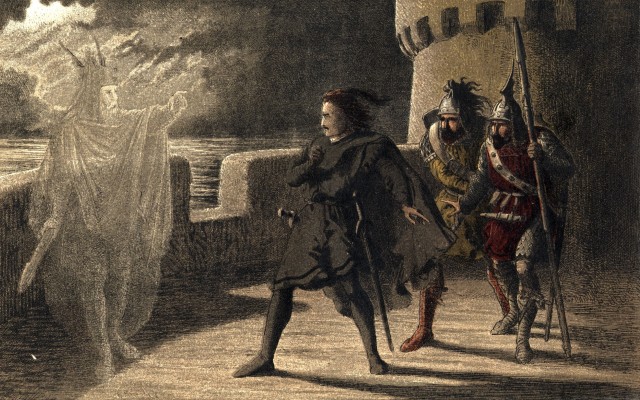
Ghost stories were a staple of Tudor-era fright. These tales were often passed down orally, with peasants and nobles alike believing in restless spirits trapped in the mortal realm due to unfinished business. The concept of ghosts, or “revenants,” was deeply tied to Christian beliefs at the time, particularly notions of purgatory and divine justice. People believed that the souls of the dead could linger to exact revenge, warn the living, or atone for past sins.
One of the most famous examples of ghost belief is documented in the popular ballad “The Unquiet Grave,” where a spirit speaks from beyond the grave. Ghosts were often linked to places associated with trauma or death, such as battlefields or the Tower of London, where many political prisoners met their untimely ends.
In addition to ghost stories, there were countless superstitions around death and the afterlife. The Tudor mind was fraught with ideas about the supernatural and omens. For example, seeing a black dog or hearing a death knell was considered a dire warning of impending death. The hoot of an owl at night or a mirror breaking were signals of bad luck or misfortune. Witchcraft was also feared, with many believing that witches could summon malevolent spirits or curse individuals.
Tudor Horror Media: The Theatre
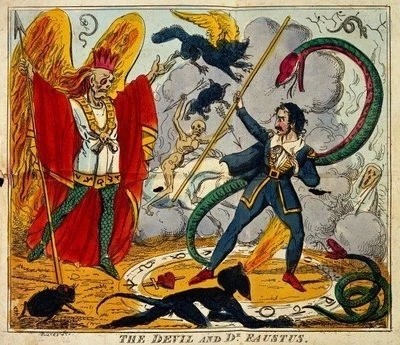
Though the Tudor era didn’t have horror movies or haunted houses, it had the stage—and plays were a key medium for conveying both religious and supernatural fears. Shakespeare’s Macbeth, written at the tail end of the Tudor period, is a prime example of a “horror play” in which witches, apparitions, and supernatural forces play a central role. In fact, the character of Banquo’s ghost, which appears to haunt Macbeth, would have been a terrifying sight for Tudor audiences steeped in ghost lore.
Plays often dealt with themes of vengeance, divine punishment, and the grotesque. Revenge tragedies like Thomas Kyd’s The Spanish Tragedy and John Webster’s The Duchess of Malfi offered what would have been considered graphic depictions of murder, madness, and ghostly visitations, thrilling audiences with scenes of supernatural horror and violence.
The Tudor stage was not only a place for tragedy and morality but also a source of visceral fear. These productions were the equivalent of modern horror films, where audiences would gather for an intense emotional experience, evoking fear, dread, and anxiety.
Bad Omens and Signs of Bad Luck
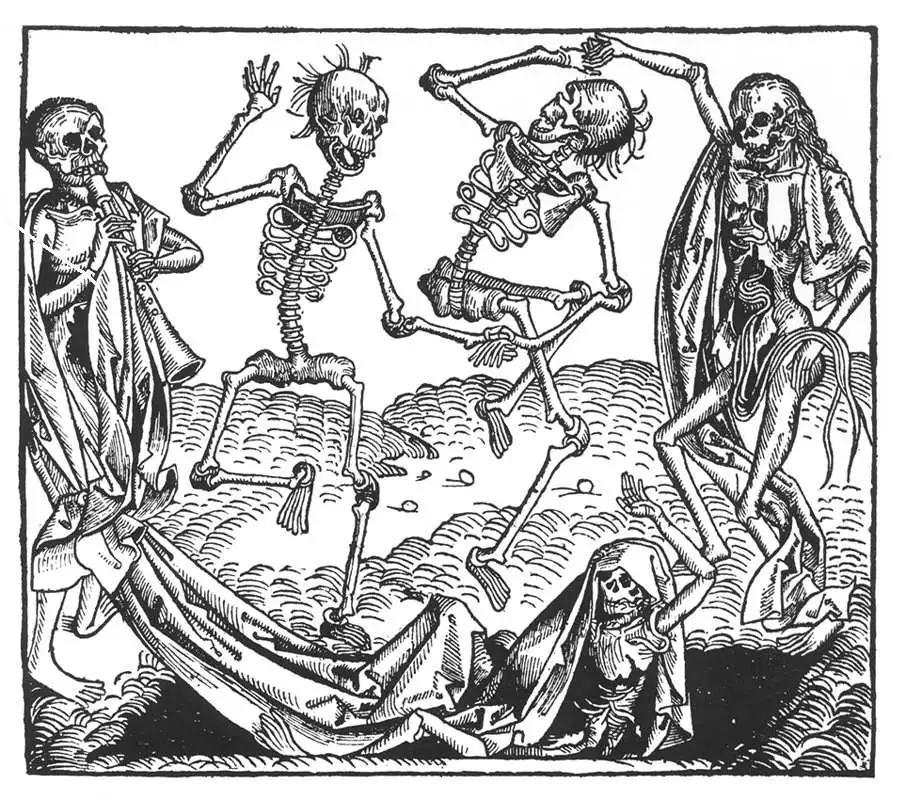
Superstitions governed many aspects of Tudor life, especially when it came to bad omens. The Tudors believed strongly in portents and signs. Seeing a comet in the sky, for instance, was often considered an omen of disaster. This belief came to the forefront during the appearance of Halley’s Comet in 1531, which many viewed as a sign of forthcoming upheavals in England’s political landscape.
Other bad omens involved animals. Cats, especially black ones, were feared because they were thought to be witches’ familiars. The flight patterns of birds could also signal good or bad fortune. For instance, a flock of crows flying overhead could be an ill omen, while the sudden appearance of a snake was considered a warning of treachery.
Even mundane actions could carry great significance. Spilling salt was an invitation to bad luck unless one threw a pinch over their left shoulder to blind the lurking devil. Walking under ladders or letting a candle burn out too quickly could also be cause for concern. These beliefs were ingrained in daily life and added a layer of constant, low-level fear to Tudor society.
Gruesome Public Torture & Executions
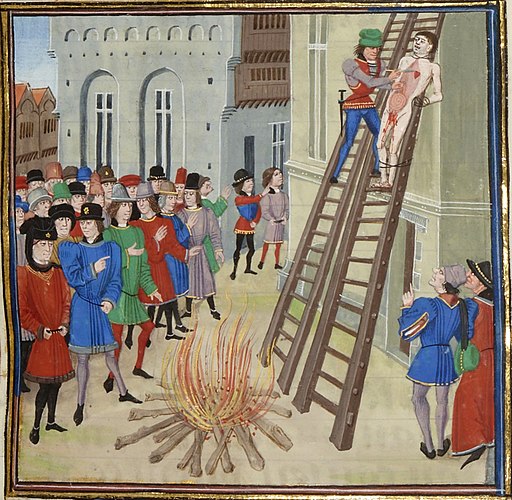
Public executions in Tudor England were not only a means of enforcing justice but also a form of public spectacle that attracted large crowds. These events were heavily ritualized, often held in prominent locations like Tyburn or Tower Hill, and they were attended by people from all social classes. The grisly executions of criminals and traitors were framed as a warning to the public, reinforcing the power of the monarchy and the state.
However, they also served as an exciting and morbid form of entertainment. For many, attending an execution was an opportunity to witness high drama unfold in real life, complete with the condemned offering final speeches, which sometimes included pleas for mercy or bold displays of defiance. The idea of watching someone meet their end, especially in gruesome ways like beheading, hanging, or being drawn and quartered, held a grim fascination for the public.
Beyond the spectacle, public executions provided a communal experience, where people could come together to share in the thrill and horror of the event. These gatherings allowed spectators to witness the justice system in action while providing a socially acceptable outlet for curiosity about death and violence. For some, attending an execution also reinforced a sense of moral superiority, as they could watch and comment on the fate of individuals who had transgressed the laws of the land. Others were drawn by a morbid curiosity about the human condition and the physical spectacle of death itself. In a time with little organized entertainment, executions offered a rare, visceral form of communal activity that mixed justice, fear, and fascination into a potent form of Tudor-era amusement.
The Supernatural and Religion

Religion played a significant role in how the Tudors approached the supernatural and horror. The Reformation, with its shifts between Catholicism and Protestantism, fueled religious anxieties and fears of damnation, hell, and divine punishment. People believed in the literal existence of demons, angels, and the devil. Stories of demonic possession, curses, and divine retribution were pervasive.
Witchcraft was considered not only a real threat but also an accessible form of horror for Tudor audiences. Fear of witches was widespread, and accusations of witchcraft could lead to brutal trials, torture, and execution. This fear permeated society, and individuals, especially women, were often accused of summoning demons, cursing crops, or causing sickness. Witch hunts were especially prevalent during periods of social upheaval or natural disasters when people sought explanations for their misfortunes. The 16th-century paranoia surrounding witches culminated in formal trials.
This spiritual horror was perhaps best reflected in the use of the “Danse Macabre” motif in art and literature, a reminder of the universality of death. Whether highborn or lowly, everyone would eventually face the grave. Tombs from the Tudor period often featured skeletons or death heads as a memento mori, a visual reminder of mortality. Additionally, the fascination with memento mori art—such as skulls and death imagery—allowed people to confront their fear of death directly.
The Tudors found their thrills in ghost stories, horror plays, superstitions, and real-life encounters with death and the supernatural. Their belief systems, theater, and cultural traditions all played a part in creating a rich horror landscape, where the fear of the unknown, the divine, and the supernatural collided. From ghostly apparitions and omens to witch trials and public executions, the people of 16th-century England had no shortage of terrifying experiences.
